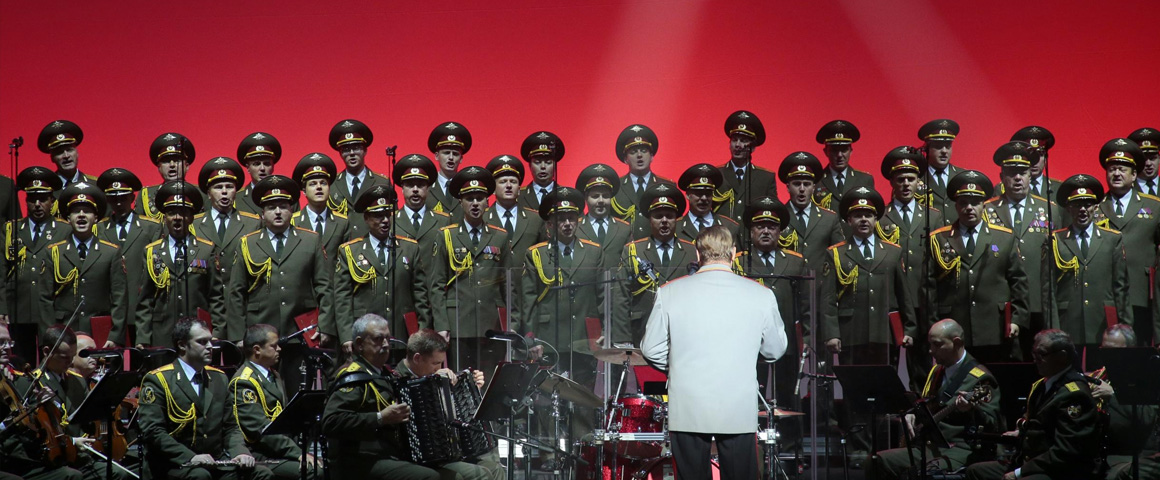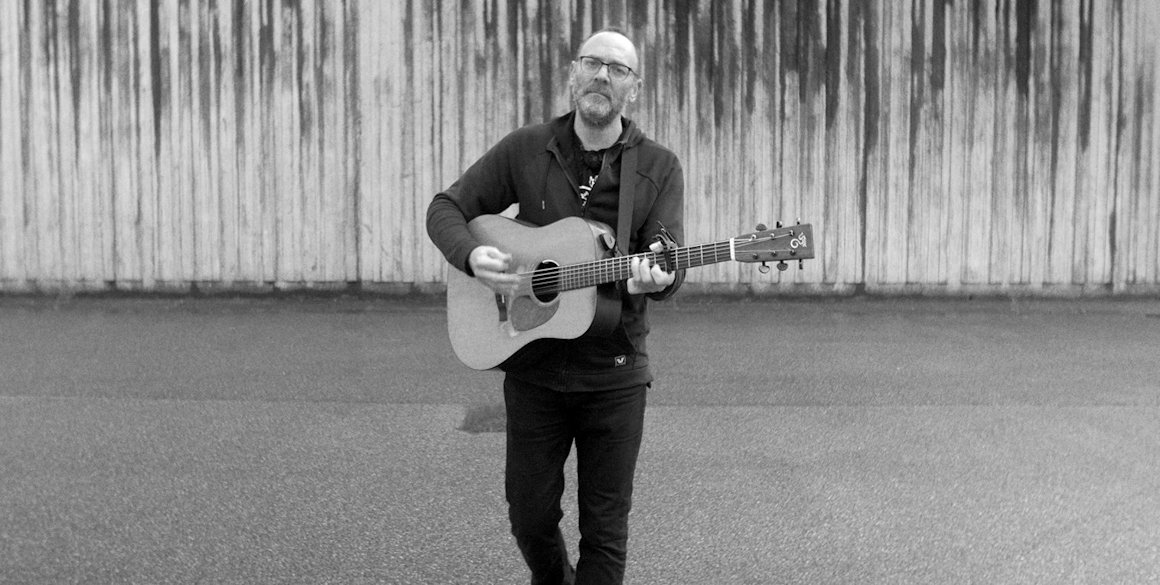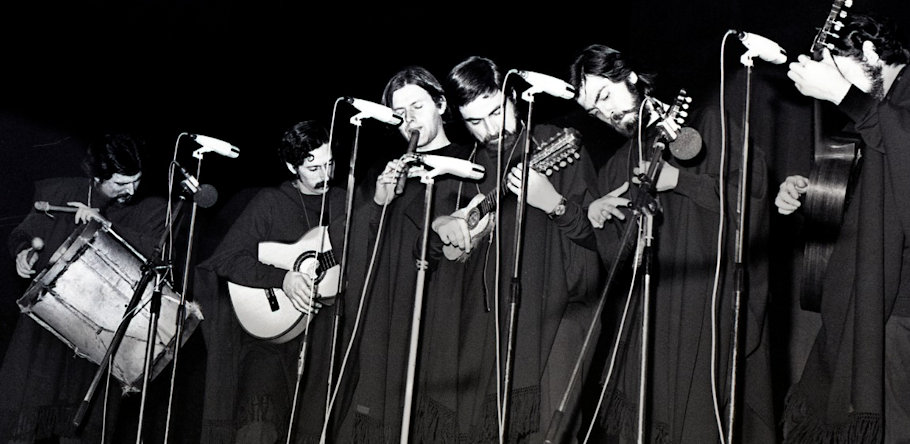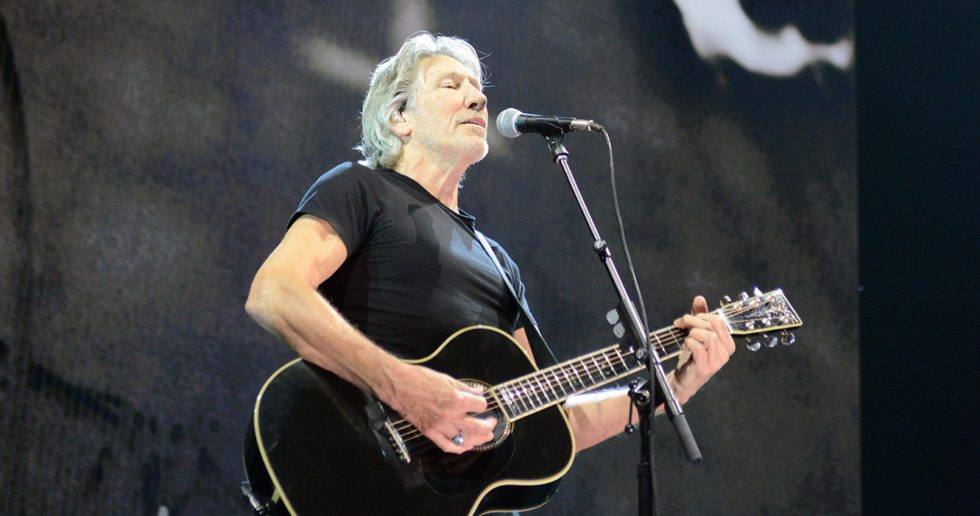Segato joins homeless T.O. musicians
Toronto singer Lorraine Segato, who rose to fame in the 1980’s as lead singer of the pop band Parachute Club (‘Rise Up’), has again joined forces with homeless Toronto street musicians. A CD documenting their continuing collaboration has just been released. The story begins in 2007 when Segato, responding to a request by the Toronto Disaster Relief Committee, organized a concert with homeless musicians, backed up by a reunited Parachute Club. The sold-out benefit, held at a downtown church, was accompanied by a meal for 300 invited homeless people. Film director Shelley Saywell attended that show. After years of fundraising for the project, she released “Lowdown Tracks” in 2015. The documentary was voted Canadian Audience Choice at Toronto’s Hot Docs International Festival. “Songs From the Lowdown”, the soundtrack, was released on November 22 to coincide with National Housing Day. Segato produced the album, which features street musicians Woody Cormier, Bruce Bathgate, Maryanne Epp, Katt Budd, Anthony Van Zant, and The Railyard Ghosts performing their original music. All proceeds go to the musicians who took part. Purchase the album at www.lowdowntracks4impact.com. View Saywell’s film at www.tvo.org.
Patti Smith’s Hard Rain performance
U.S. rock poet Patti Smith performed a faltering, but ultimately triumphant, rendition of Bob Dylan’s “A Hard Rain’s A-Gonna Fall” at a ceremony in Stockholm on December 10 to mark his Nobel Prize for Literature. Dylan’s reluctance to attend meant that Smith, a long-time friend who had already been booked to perform at the celebration, became his proxy. The choice of “Hard Rain”, composed in 1962, was inspired. The song is based upon “Lord Randall”, an old Anglo-Scottish ballad, depicting a dialogue between a mother and her ill-fated son. In Dylan’s verses the wandering son describes a nightmarish world full of violence, cruelty, and indifference. Striking images abound – of gun-toting children, trees dripping with blood, dead oceans, and poisoned waters. But the song ends on a ringing, affirmative note, with the son’s pledge to go back into the world and sing out against the darkness wherever he sees it. An overcome Patti Smith stumbled twice on the second verse, but after a nervous apology, she regained her poise and delivered a performance that brought tears to the eyes of some of the elegantly-dressed dignitaries. View it at www.nobelprize.org.
Fidel Castro: 7 musical tributes
It was a pleasant surprise to discover a collection of Cuban songs celebrating Fidel Castro published the day after his death in Billboard, the venerable trade magazine for the U.S. entertainment industry. The list, complete with YouTube links, was compiled by Judy Cantor-Navas, editor of Billboard en Español. Some readers may have already viewed “Un hombre que sueña”, a video released earlier in 2016 for Fidel’s 90th birthday, featuring contemporary artists Arnaldo Rodríguez, Mayito Rivera, Laritza Bacallao, Waldo Mendoza, Lena de la Torre, and Dayany Gutiérrez. Another contemporary artist on Billboard’s list is rapper Baby Lores, who sports a tattoo of Fidel on his shoulder. His “Creo (el Comandante)” was released in 2009. Nueva Trova, the “new song” movement that emerged after the revolution, is represented by Silvio Rodríguez and Sara Gonzalez. Silvio’s beautiful “La Cançion del Elejido” is a collage, with images and audio excerpts of Fidel. Sara Gonzalez’s “El Programa de Moncado” shows the singer at an outdoor concert performing an adaptation from Fidel’s writings. “Que Viva Fidel” by Celina Gonzalez (1929-2015) adds new lyrics to an old “campesina” song. Lastly, there are two fine tributes – “Gracias Fidel” and “Y en eso llego Fidel” – by Carlos Puebla (1917-1989), composer of the popular ode to Che, “Hasta Siempre Comandante”.
Russia mourns Red Army Choir
Flags were at half-mast across Russia on December 26 as the country observed a day of mourning after a plane crash took the lives of 92 people, including 64 members of the legendary Alexandrov Red Army Choir. The military aircraft went down in the Black Sea on December 25, minutes after taking off from Sochi, en route to Syria, where the choir was to perform for Russian troops. The Alexandrov Russian Army Song and Dance Ensemble was founded in 1928 by Alexander Alexandrov, composer of the Soviet national anthem. It won world-wide acclaim during the Soviet era, and on into post-Soviet times, performing a repertoire of patriotic Soviet songs, Russian folk songs and dances, operatic arias, and, lately, pop tunes. During World War II the Red Army Choir gave more than 1500 concerts at the front, singing regularly for troops about to go into battle. Its most unforgettable song is “The Sacred War”, a symbol of Soviet resistance to the Nazi invaders that still brings Russians to their feet. In the current international climate, it’s hard to believe that in 2007 they actually performed “The Sacred War” at NATO headquarters in Brussels.




